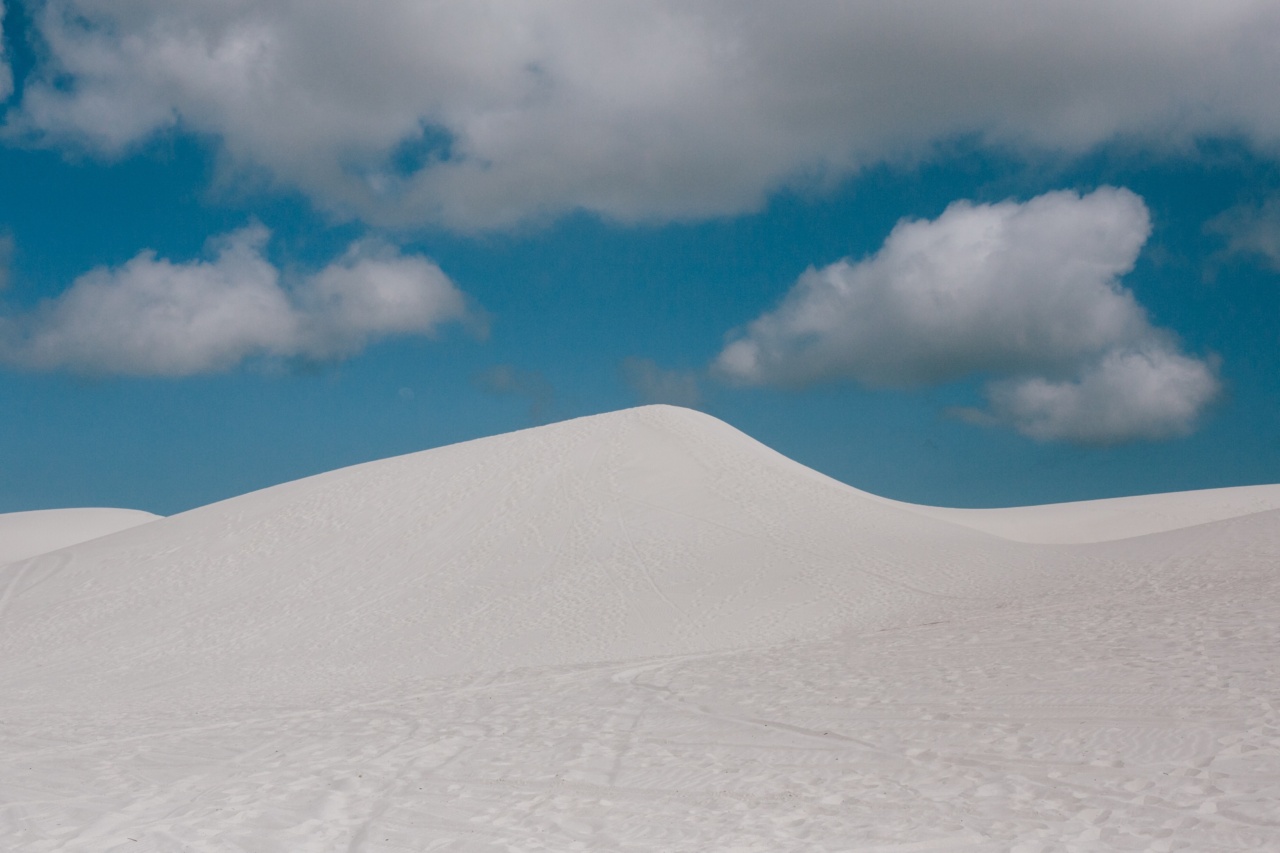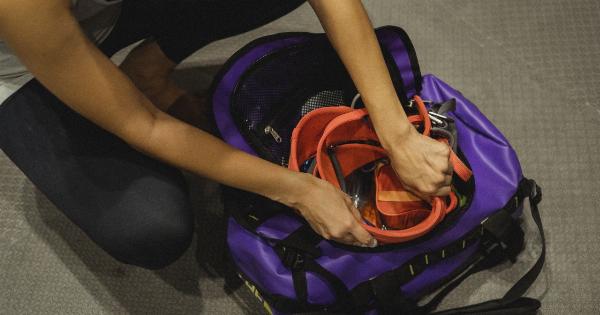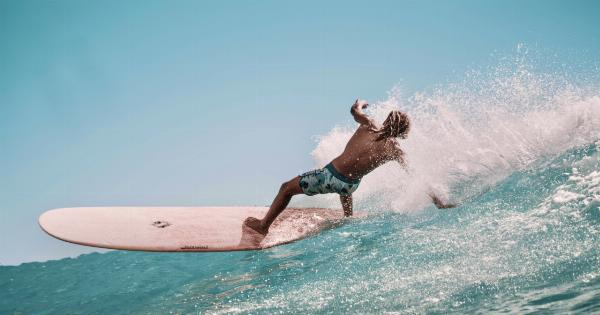Summer is the perfect time to get outside and enjoy physical activity. However, when temperatures rise, it can be challenging to maintain proper safety protocols.
To remain safe while exercising in hot weather, you need to consider potential hazards and implement strategies to prevent them. This guide will detail essential tips for anyone who wants to exercise safely and avoid heat-related illnesses.
Know the Risks
Before starting any exercise routine in hot weather, it is essential to understand the risks. Extreme heat can have a significant impact on your body, including a rise in core temperature, dehydration, and heat exhaustion.
Some common symptoms that indicate a potential problem include muscle cramping, fatigue, dizziness, and headaches.
Hydrate Properly
Staying hydrated is crucial when exercising in hot weather. The human body loses water through sweat, and if you don’t replenish your fluid levels, you could dehydrate. Water is the best option for staying hydrated.
You can also add minerals such as sodium and potassium to your fluids, which help to replace lost electrolytes, but avoid sugary drinks.
Use Sunscreen
Before heading out to exercise in the sun, always apply sunscreen. UV rays can cause skin damage, even on cloudy days, which can lead to skin cancer. Choose a broad-spectrum sunscreen with a Sun Protection Factor (SPF) of at least 30.
Remember to reapply every two hours.
Dress Appropriately
Dressing appropriately can make a big difference in maintaining body temperature when exercising in the heat. Wear lightweight, light-colored, and moisture-wicking clothing that allows your skin to breathe.
Synthetic materials are an excellent choice as they help to pull sweat away from your body. Avoid dark colors as they absorb more heat and increase the likelihood of overheating.
Plan Your Route and Time
Planning your exercise route and time can help prevent overexertion in hot weather. Try to exercise early in the morning or later in the evening when temperatures are cooler.
Avoid exercising midday as the sun is at its peak and the risk of heat-related illness is higher. Choose a route that has plenty of shade and allows for easy access to water.
Listen to Your Body
It is essential to listen to your body when exercising in hot weather. If you feel light-headed or dizzy, stop exercising immediately and rest in cool shade.
It’s okay to take a break or cut your workout short if you’re feeling fatigued or overheated.
Acclimate to the Heat
It’s important to acclimate to the heat gradually if you’re not used to exercising in hot weather. Start by exercising for shorter periods and at a lower intensity, gradually building up to your regular workout routine.
This will help your body adjust to the heat and minimize the risk of heat-related illness.
Cool Down and Rehydrate
After completing your workout, it’s essential to cool down and rehydrate. A cool shower or bath can help lower your core temperature, and drinking fluids can help replace lost water and electrolytes.
You can also use a cool compress or ice pack to reduce muscle soreness and inflammation.
Know When to Seek Medical Attention
It’s critical to know when to seek medical attention for heat-related illness. If you experience symptoms such as confusion, fainting, or seizures, seek immediate medical attention.
These symptoms can be signs of heatstroke, a severe heat-related illness that requires emergency treatment.
Summary
Exercising in hot weather requires some special considerations to avoid heat-related illnesses. Drinking enough water, using sunscreen, wearing appropriate clothing, and planning your route and time wisely are some ways you can stay safe.
Remember to listen to your body, acclimate to the heat gradually, and cool down and rehydrate after your workout. If you experience severe symptoms, seek medical attention promptly.





























